Where Are The World's Active Volcanoes?
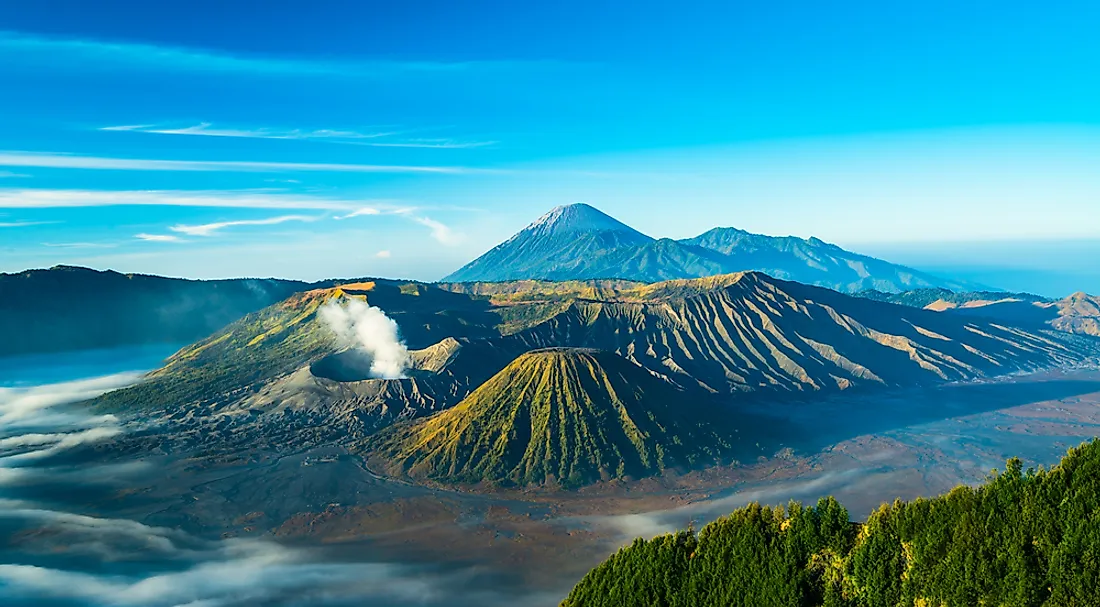
The term “active volcanoes” is not exclusive to the volcanoes with perpetual volcanic eruptions. The widely-accepted definition of the term refers to those volcanoes that have experienced eruptions in the Holocene era. Many of the earth’s active volcanoes experience at least one major eruption after a couple of centuries. However, there are some active volcanoes in which volcanic activity has been continuous for decades. Active volcanoes are some of nature’s most dangerous threats to humanity. A major eruption has the potential of destroying cities that are near the volcano, with the 79 CE eruption of Mount Vesuvius being an example. The threats from a volcanic eruption can also have global ramifications, as the ash from a violent eruption can plunge the world into a volcanic winter.
10. Mount Erebus - the World's Most Southern Active Volcano
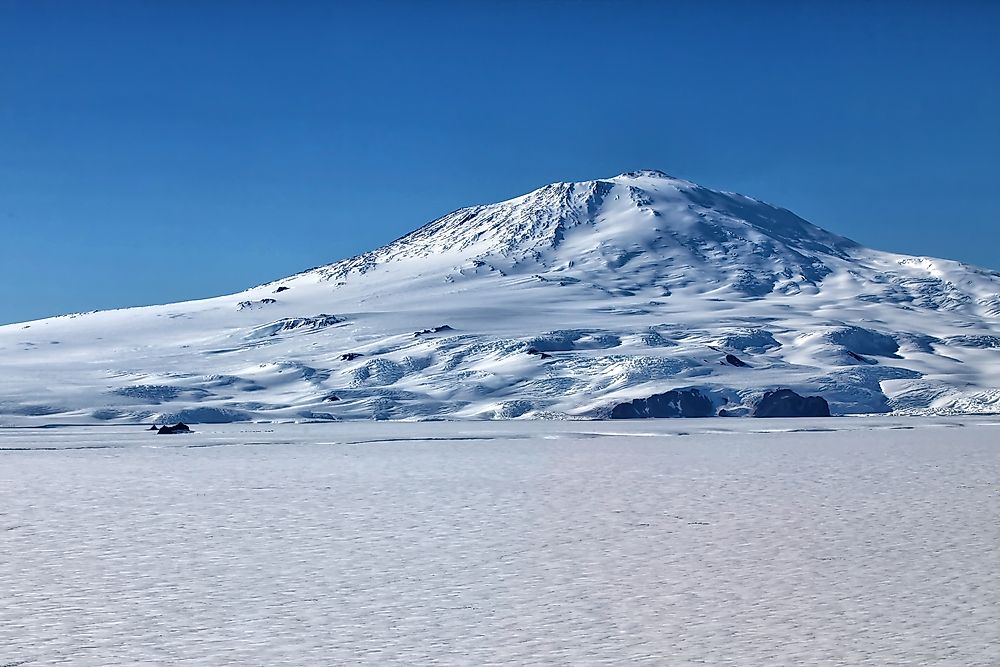
Mount Erebus is situated in Antarctica’s Ross Island, making it the southernmost active volcano on earth. It is also the Antarctica’s second highest mountain rising to 12,448 feet above sea level. Volcanic activity has been recorded on the mountain for the past four decades. The mountain is one of the world’s phonolite volcanoes (due to the large amounts of phonolites contained in its lava) and is the earth’s only active phonolite volcano. Among the most violent of Mount Erebus’ volcanic eruption was one that is estimated to have occurred at least 7,000 years ago and is believed to have resulted in the formation of the mountain’s caldera. The last eruption recorded on the mountain was in 1972, and it is considered to have been active since 1.3 million years ago.
9. Mount Vesuvius - One of the World's Most Active Volcanoes
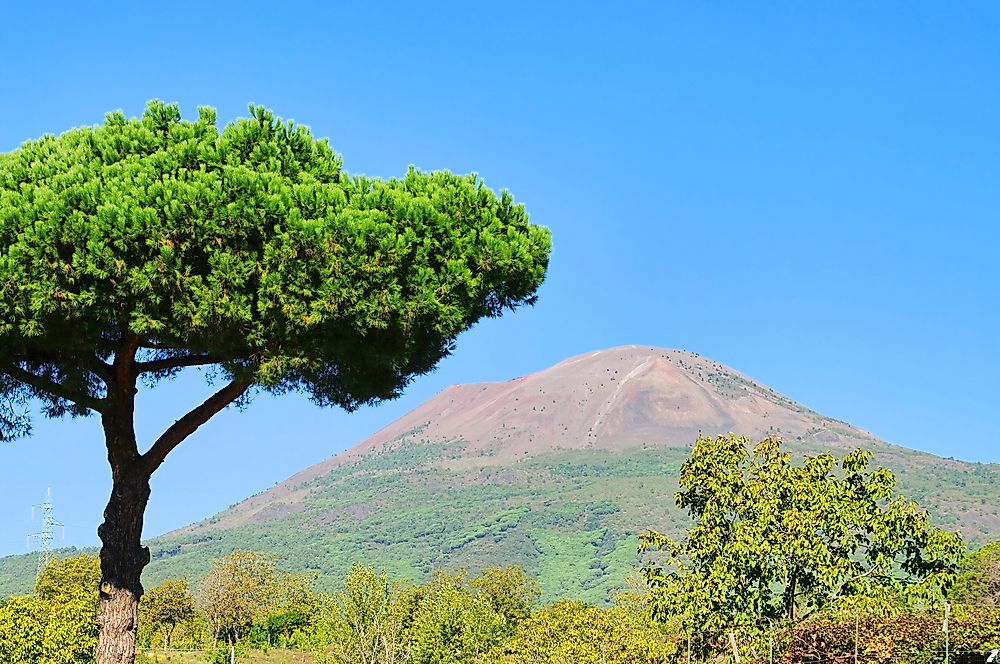
Mount Vesuvius is situated in Italy’s Campania region. The mountain is not notably high, as its elevation to the summit is only 4,203 feet, but it is among the most violent active volcanoes on earth. The eruption that the mountain is most infamous for is the 79 CE eruption that resulted in the annihilation of Herculaneum and Pompeii, two cities of the Roman Empire. During the eruption, the mountain ejected volcanic gases, ashes, and stones as high as 21 miles, while spewing pulverized pumice and molten rocks at the rate of 7.8x105 cubic yards per second. It is estimated that it released energy equivalent to 100,000 times the thermal energy that was released by the Nagasaki and Hiroshima bombings. The exact number of the people who died is not known, but it is estimated to be at least 1,000. The mountain is often labeled as “the world’s most dangerous volcano,” a reputation it gets due to its violent eruption history compounded by the dense population that reside around the base of the mountain (more than 3 million people are thought to live in areas around Mount Vesuvius).
8. Mount Merapi - a Very Active Volcano in Indonesia
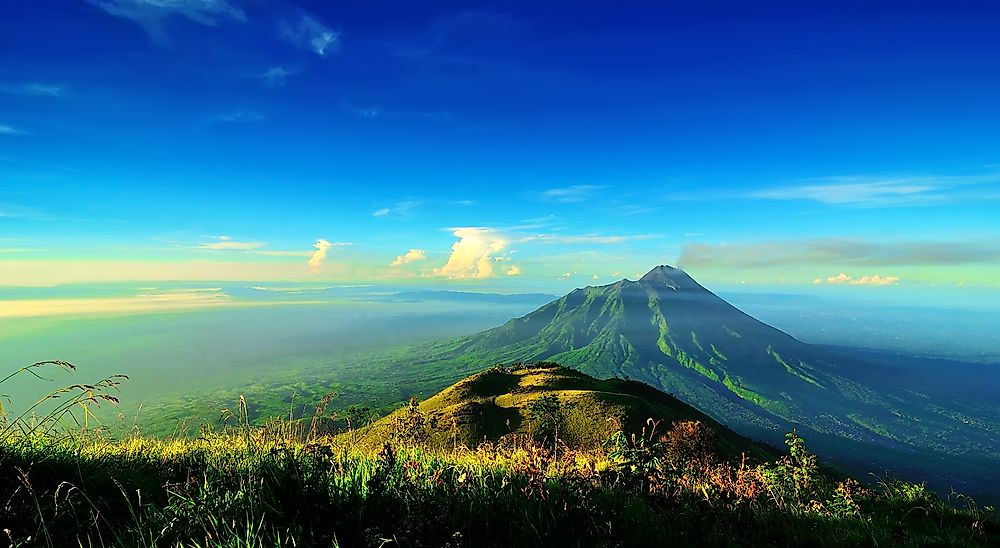
Mount Merapi is an active stratovolcano of average height, with its summit having an elevation of 9,610 above sea level. The mountain is located on the border between Yogyakarta and central Java in Indonesia. The mountain is Indonesia’s most active volcano, which explains its name as Mount Merapi translates to Mountain of Fire. Pyroclastic flows from the 1994 eruption killed dozens of people while another eruption witnessed in 2010 resulted in the destruction of the villages below the mountain, as well as hundreds of deaths. The city of Yogyakarta is located only 17 miles from the mountain and has a population of about 2.4 million people.
7. Soufriere Hills - the Volcano That Caused Mass Destruction
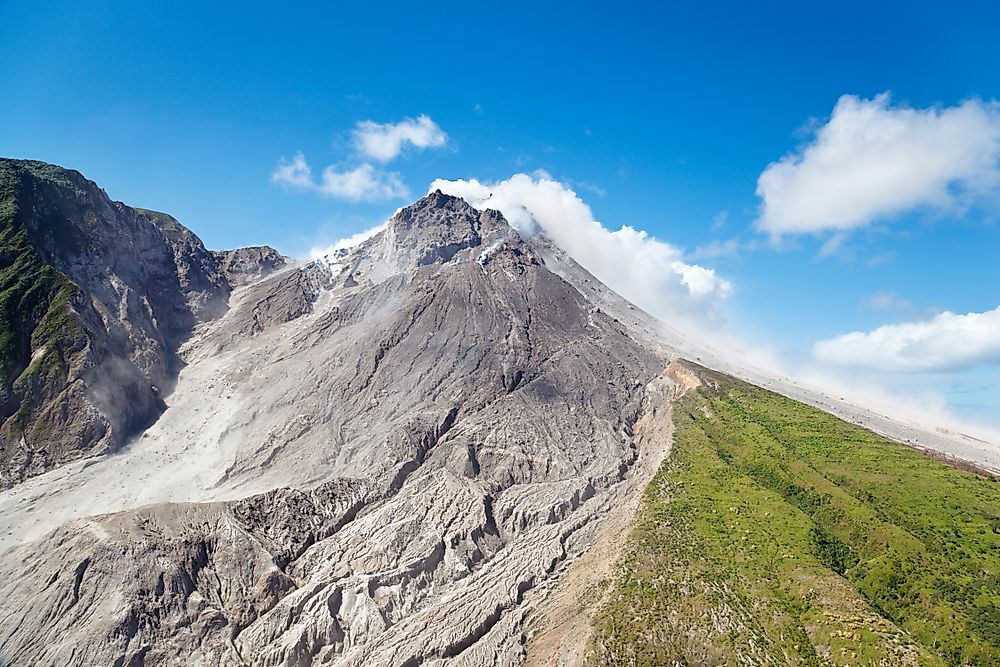
The Soufriere Hills is an active volcano, whose elevation to the summit is 3,002 feet above sea level. The stratovolcano is situated on the island of Montserrat in the Caribbean. Volcanic activity on the mountain has been ongoing since its eruptions of 1994. The earliest eruption is thought to have taken place in 2460 BCE which led to the formation of the English Crater. Another eruption is thought to have occurred in 1550 CE and thought to have spewed between 883 million and 2.3 billion million cubic feet of lava. The mountain had been dormant for many years before the 1994 eruptions. The ongoing eruptions have destroyed most the island’s major settlement, including the capital Plymouth which was abandoned in 1997. The eruptions of the Soufriere Hills have rendered most of the island uninhabitable, and have prompted more than 60% of the original residents of Montserrat to leave the island. By December 2006, there were visible red streaks of pyroclastic flows, and by 2007 evacuation order in parts of the Lower Belham was issued. In July 2008, there was an eruption that and Pyroclastic flows reaching Plymouth was experienced, and the ash ejected reached approximately 40,000 feet into the air.
6. Mount Kilauea - a Hawaiian Volcano That Is One of the World's Most Active
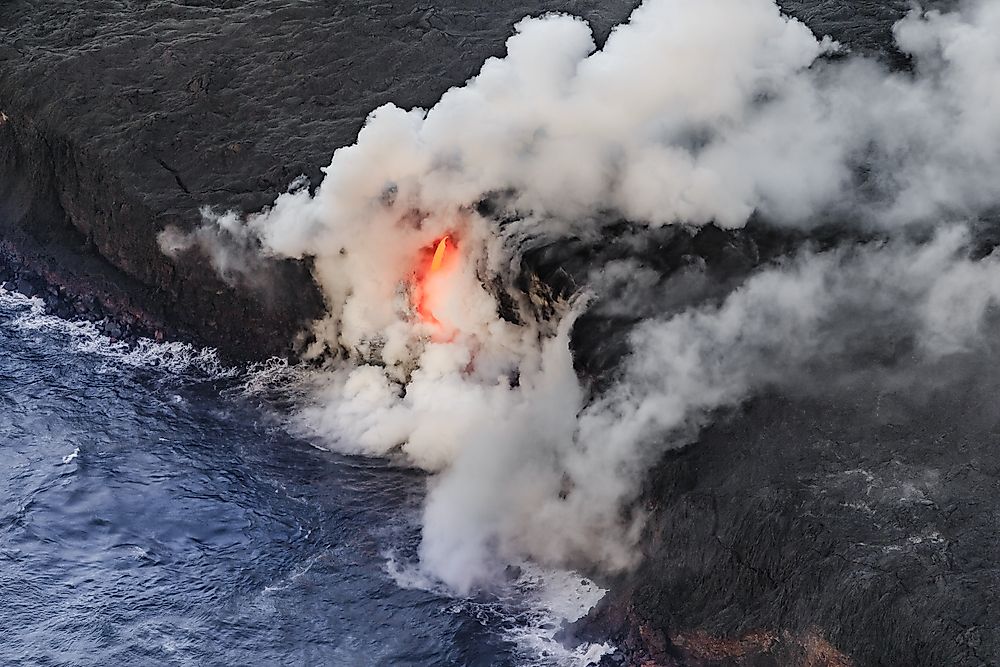
Kilauea is another of the world’s active volcanoes, with its consistent volcanic activity being the inspiration of its name, which translates to “spewing.” The mountain is situated on the island of Hawaii and has an elevation of 4,091 feet above sea level. The volcano is thought to be about 300,000 to 600,000 years old, and in approximately 10,000 years ago it started emerging above the sea level. The volcano is the second youngest of the Hawaiian hotspot region. Kilauea has one of the longest periods of eruptions of any of the world’s volcanoes, as the mountain has been continuously erupting since January 1983. Eruptions in the mountain often feature dramatic lava fountains, some rising hundreds of feet into the atmosphere. The eruptions have adverse effects on the ecology of the island, due to the resultant acid rains from the sulfur dioxide fumes emitted during the eruptions.
5. Teide - One of the World's Largest Volcanoes
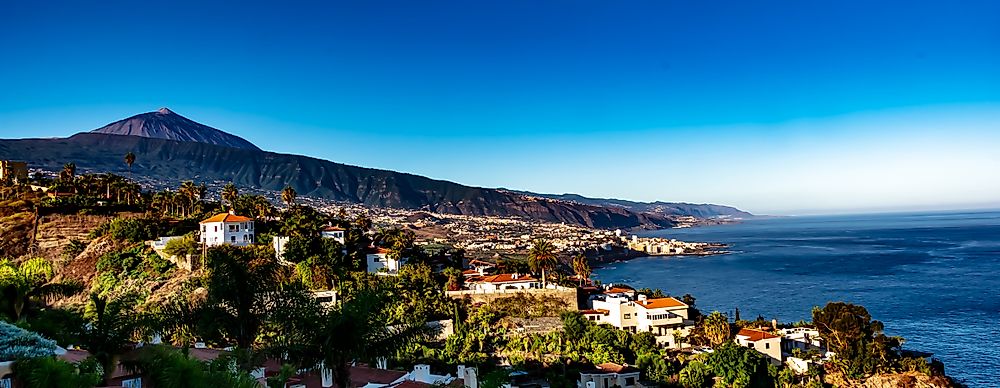
Mount Teide is an active stratovolcano situated in Spain’s Canary Islands. The summit rises to 12,198 feet above sea level and represents the highest point in Spain. Scientists believe that the mountain will experience a violent eruption in the future, a claim supported by its historic eruptions which are thought to be at the rate of at least four eruptions for every 1,000 years. The mountain is, therefore, one of the most dangerous active volcanoes in the world, due to the dense human settlement on its base. The nearby city of Tenerife is home to about one million inhabitants.The most recent eruption was experienced in 1909 on the northwestern side of the Santiago rift. The volcano forms part of the Teide National park that covers an area of 18,900 hectares. In 2007, UNESCO listed the national park as a world heritage site and it has been the most visited site in Spain.
4. Mount Nyiragongo - Responsible for the Majority of Eruptions in Africa
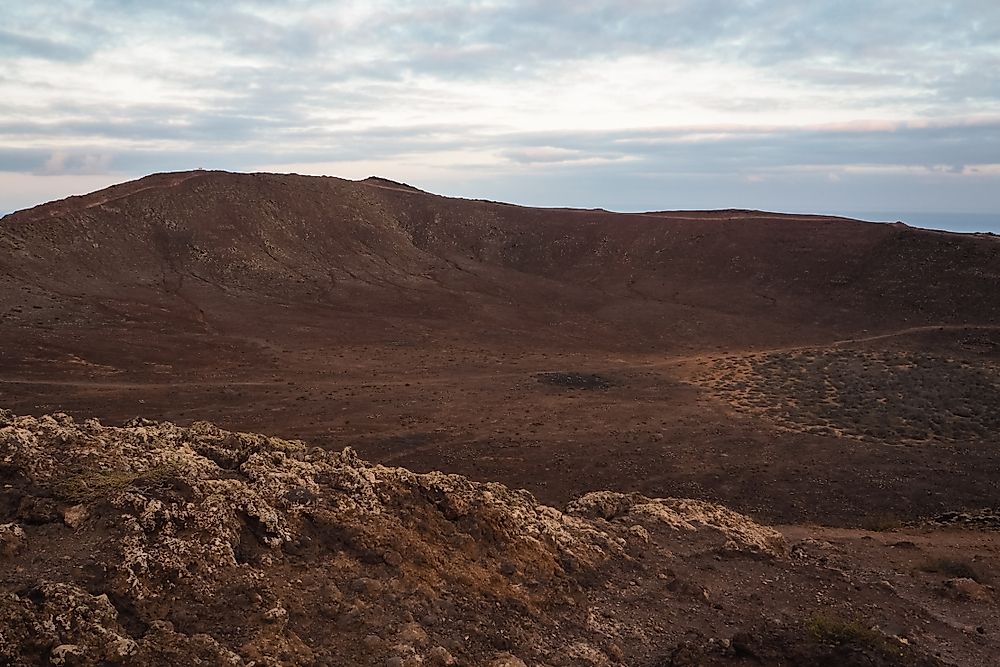
Nyiragongo is another of the world’s active stratovolcanoes, whose summits stands 11,380 feet in elevation. The stratovolcano is part of the Virunga Mountains found in the Democratic Republic of the Congo. The mountain is Africa’s most violent active volcanoes and has the largest lava lake on earth, which occupies an area of about 1.3 million square feet. An older lava lake was drained from the mountain in 1977 after the fracturing of the crater walls. The lava cascaded down the mountain at speeds of 40 miles per hour, destroying everything in its path and killing about 70 people. Thousands of residents in the neighboring city of Goma are at great risk from the violent eruptions of the Nyiragongo.
3. Mount Sakurajima - the Volcano That Created a Peninsula
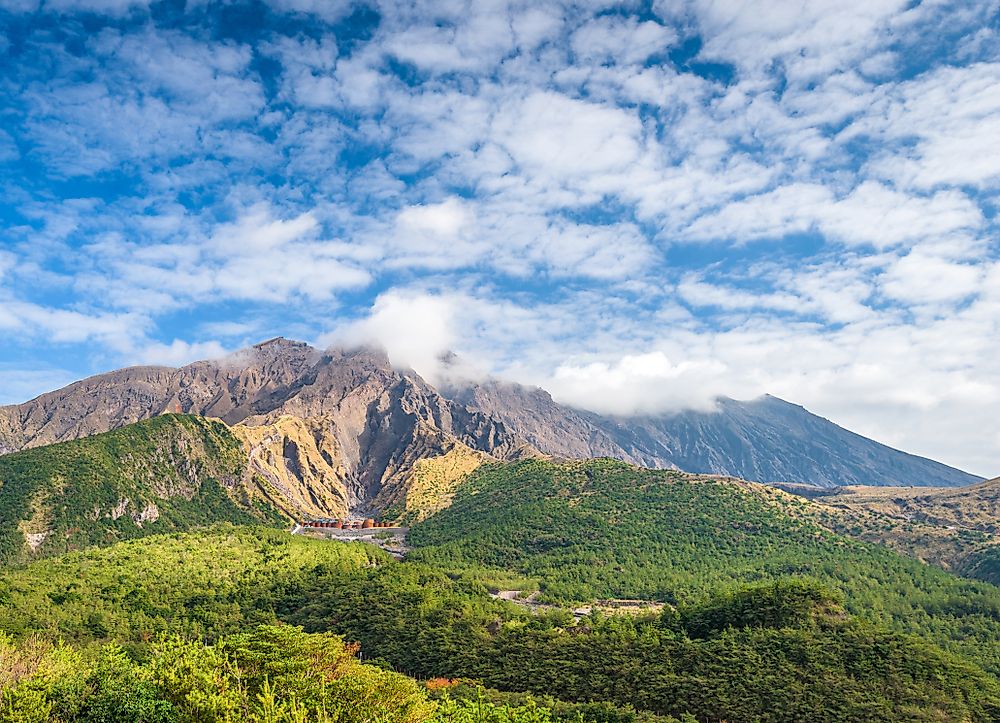
Kyushu Island in Japan is home to an active stratovolcano, Sakurajima, which stands 3,665 feet in elevation. Volcanic activity on the mountain has been ongoing since 1955, with the mountain producing minor eruptions each year. The most recent major eruption occurred in 1914 that killed dozens of people. An estimated 0.68 million people reside in Kagoshima, a city situated near the mountain which is at great risk in the event of a major eruption. As a result, evacuation drills are conducted in the city each year.
2. Mount Etna - Largest Active Volcano in Europe
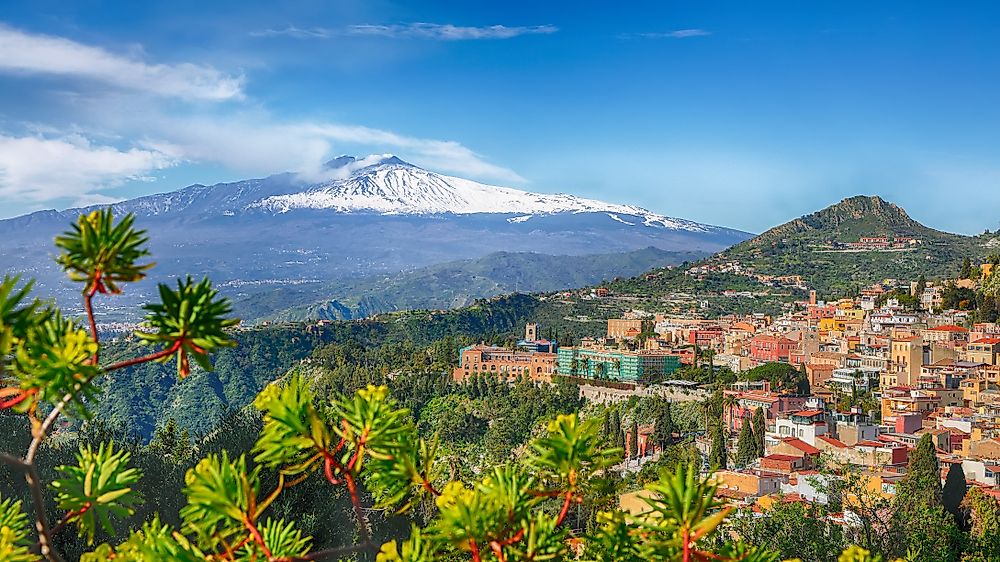
Mount Etna is an active stratovolcano in Italy, and its height of 10,922 feet above sea level and 87-mile basal circumference makes it the country’s largest active volcano. The mountain has experienced 49 major eruptions since 1955, with seven of them measuring three on the Volcanic Explosivity Index. In 2015, the mountain had a violent eruption that featured a lava fountain that was 3,300 feet in height and spewing 23,000-foot high ash plume. The volcano is seated on the the border between the Euroasian and the African plate and it is the highest active volcano located outside of the Caucasus.
1. Mount Bromo - the Most Famous of Indonesian Volcanoes
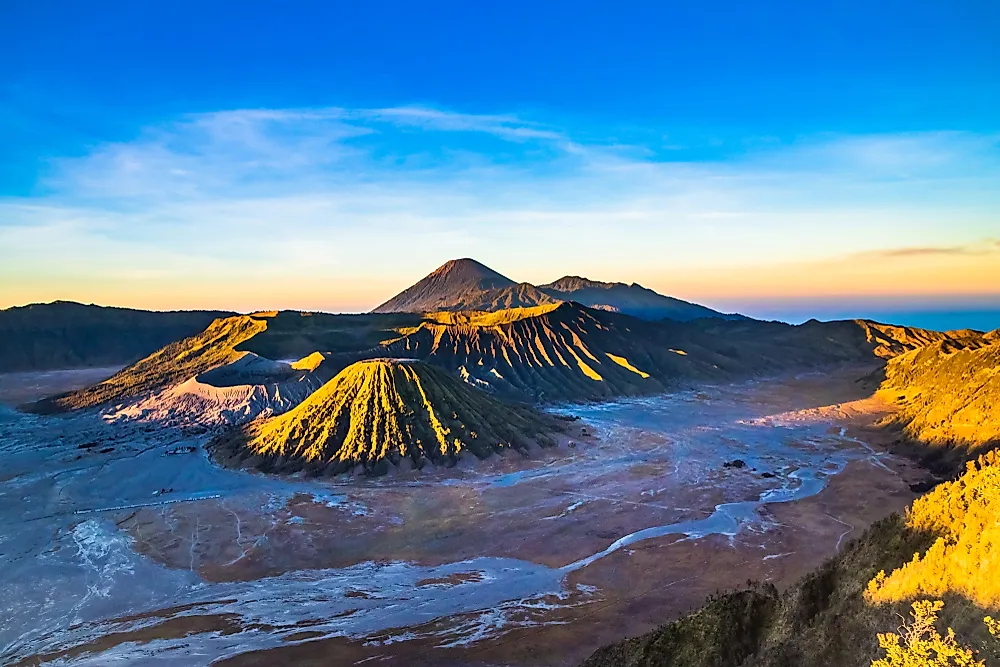
Another active volcano in Indonesia is Mount Bromo, a Somma volcano situated in the country’s East Java region. The mountain’s peak stands 7,641 feet in elevation making it among the highest in East Java. Mount Bromo’s most recent eruption occurred between November 2015 and February 2016. These eruptions preceded another period of volcanic activity on the mountain’s Tengger caldera that was witnessed between November 2010 and January 2011. The ash plume from these eruptions reached 2,300 feet in height and affected air transport in the nearby Malang Domestic Airport. Studies on Mount Bromo’s volcanic activity are conducted by the Indonesian Center for Volcanology and Disaster Hazard Mitigation.







